A Quality Waterproofing System is a waterproofing systems that prevents the passage of liquid water in the presence of hydrostatic pressure, to be controlled in case of leakage possibility.
A quality waterproofing system provides protection as necessary and may also include accessory products which complement and complete the details of waterproofing.






